May 23, 2025 | 12:49 GMT +7
May 23, 2025 | 12:49 GMT +7
Hotline: 0913.378.918
May 23, 2025 | 12:49 GMT +7
Hotline: 0913.378.918
On March 11th, 2021, the Prime Minister signed Decision No. 339/QD-TTg approving the Strategy for the development of Vietnam's fisheries to 2030, with a vision to 2045.
Accordingly, the fishery industry needs to be built into an economic sector with large scale and large goods proportion, a reputable brand, deep involvement in the global supply chain, high and sustainable competitiveness; deep international integration, responsible development towards the circular economy, improving productivity, quality, added value and efficiency.
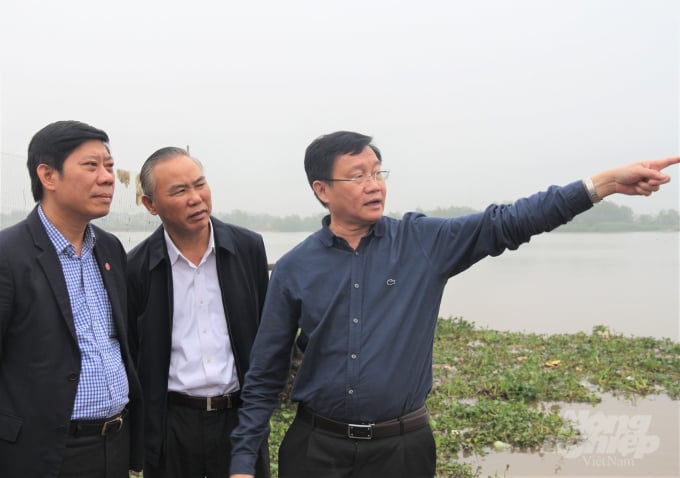
Deputy Minister of Agriculture and Rural Development Phung Duc Tien (center) inspects Thuy Tan fishing port (Thai Binh) in April 2021. Photo: Pham Hieu.
Some key targets that the fisheries sector should strive for by 2030: The growth rate of aquaculture production value reaches 3.0 - 4.0%/year. Total domestic production of fisheries products reaches 9.8 million tons; in which aquaculture production is 7.0 million tons, the fishing output is 2.8 million tons.
According to Deputy Minister of Agriculture and Rural Development Phung Duc Tien, in order for the fisheries sector to achieve the goals above, it is necessary to implement many solutions synchronously, and upgrading fisheries infrastructure is a solution that is considered of utmost importance.
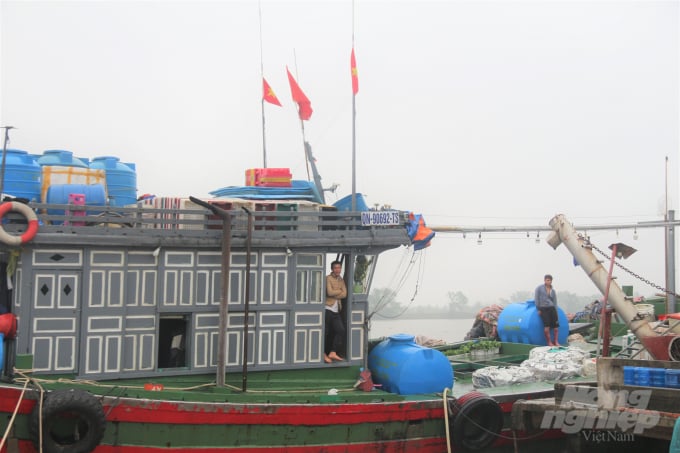
Deputy Minister Phung Duc Tien said that upgrading fisheries infrastructure is a solution that is considered the most important in developing the fisheries industry. Photo: Pham Hieu.
The MARD is urgently doing the review with localities to initiate the Sustainable Fisheries Development Project in order to promptly acquire resources to upgrade infrastructure for the fisheries sector in service of the Vietnam Fisheries Development Strategy to 2030, with a vision to 2045.
This project is funded by a loan from the World Bank (WB). Accordingly, the project aims to improve management capability and added value of fisheries products, international integration, and climate change adaptation. The project is expected to be implemented in the 2021-2026 period, which will have great significance for the seafood industry. This is also one of the projects to help Vietnam remove the IUU "yellow card".
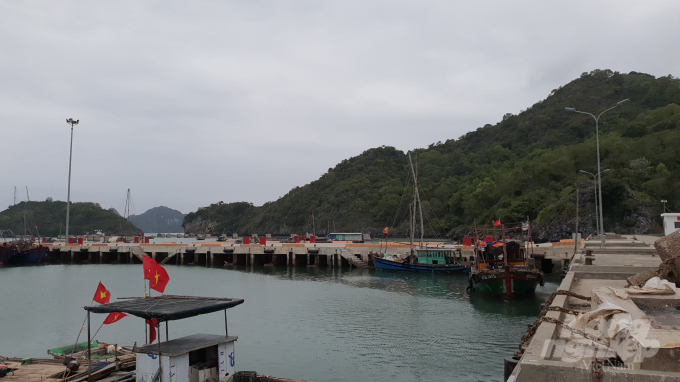
The Sustainable Fisheries Development Project will promptly invest in infrastructure for the fisheries industry in the coming period. Photo: TL.
In order to timely remove obstacles in project implementation, on July 9th, the MARD has held an online meeting with several coastal provinces that launched the project such as Nghe An, Binh Thuan, Kien Giang, and Soc. Moon, Ca Mau...
At the meeting, Deputy Minister of Agriculture and Rural Development Phung Duc Tien asked localities implementing the project to urgently complete procedures, establish focal points for execution, and coordinate with the World Bank and the Agriculture Project Management Board as well as the MARD‘s Department of International Cooperation.
Moreover, localities need to complete the legal basis processes as well as speed up site clearance; prepare and arrange reciprocal capital sources; review and concretize actions to ensure the highest investment efficiency.
According to the report of the Directorate of Fisheries (MARD), in the first 6 months of 2021, the total fishery production is estimated at 4.1 million tons, up 3% over the same period in 2020. In which, the fishery exploitation volume reached nearly 2 million tons (up 1%), fisheries production volume reached 2.1 million tons (up 4%). The seafood export turnover in the first 6 months of the year was estimated at USD 4 billion, up 13.6% over the same period in 2020.
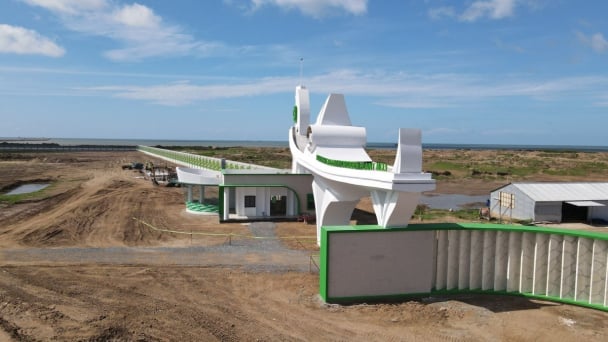
(VAN) The People's Committee of Tra Vinh province has approved an adjustment to the investment policy for the Green Hydrogen Plant project, increasing its area to approximately 52.76 hectares.
![Reducing emissions from rice fields: [2] Farmers’ commitment to the soil](https://t.ex-cdn.com/nongnghiepmoitruong.vn/608w/files/news/2025/05/05/dsc08881jpg-nongnghiep-140632.jpg)
(VAN) Clean rice cultivation model in Thuong Tan commune, Bac Tan Uyen district, is assisting local residents in achieving sustainable agriculture by substantially reducing costs, increasing productivity, and protecting the environment.
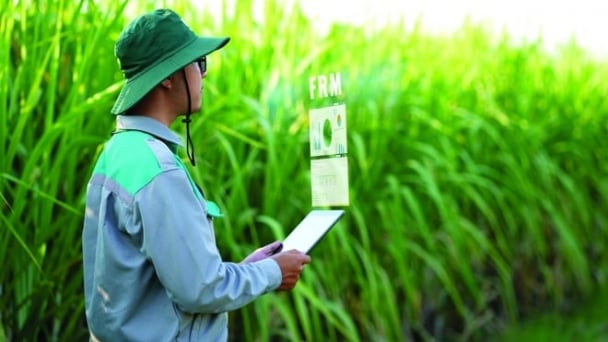
(VAN) At the conference to disseminate Resolution No. 68, AgriS introduced its digital agricultural ecosystem and reaffirmed its commitment to accompanying the Government in promoting private sector development and sustainable agriculture.
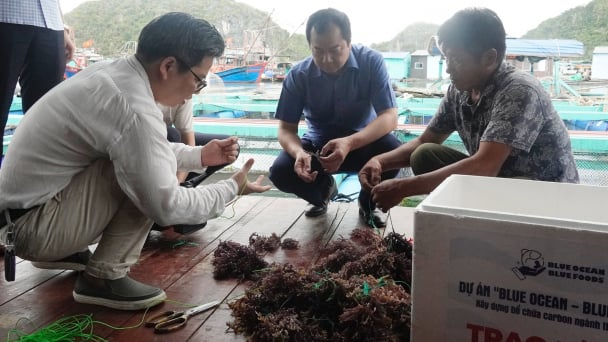
(VAN) 'Blue Ocean - Blue Foods' initiative is designed to restore marine ecosystems and establish sustainable livelihoods for local communities by cultivating a minimum of 1,000 hectares of cottonii seaweed in the first three years.
/2025/05/21/4642-3-112707_603.jpg)
(VAN) The V-SCOPE project has made direct contributions to three out of six pillars of the Comprehensive Strategic Partnership between Vietnam and Australia.
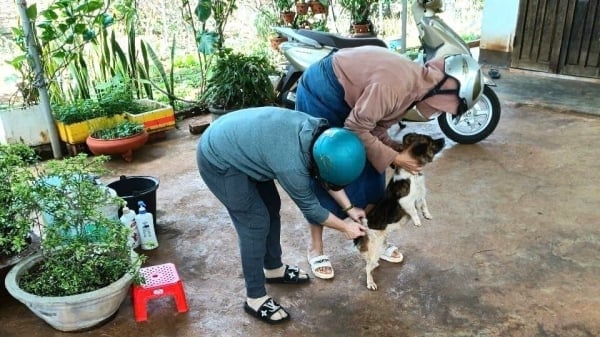
(VAN) Facing the threat of rabies spreading to the community, Gia Lai province urgently carries out measures to vaccinate dogs and cats on a large scale.
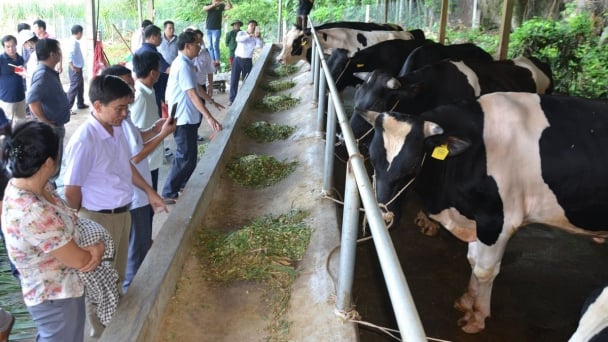
(VAN) Disease-free livestock farming not only protects livestock herds but also stabilizes production and livelihoods for many farmers in Tuyen Quang.